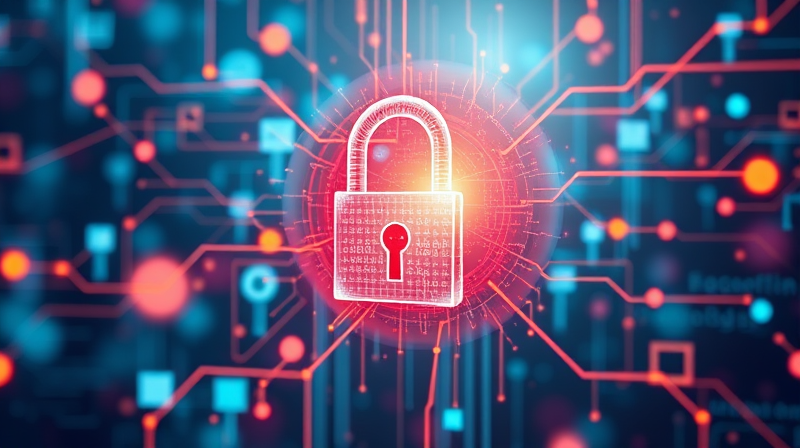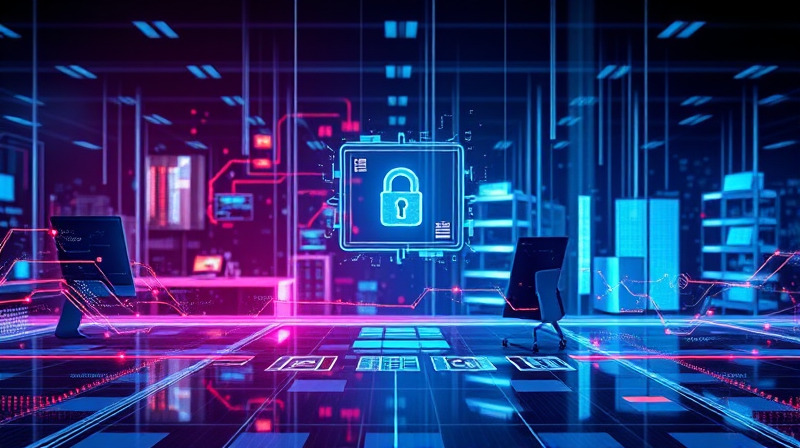In today's constantly evolving digital landscape, staying secure online is paramount for safeguarding personal data and financial assets. Whether you are a casual internet user or someone engaged heavily in online activities, understanding cybersecurity best practices is a necessity. This comprehensive guide delves into actionable strategies that empower you to protect your digital footprint and maintain a secure online presence.
The rise in cyber threats has transformed cybersecurity from a technical necessity into a core component of everyday digital interaction. With new cyber attack methods emerging, the responsibility to secure our online activities has never been more critical.
Creating Strong and Unique Passwords
Passwords serve as the first barrier between malicious actors and your sensitive data. The foundation of effective online security starts with strong password management.
- Complexity is Key: Use a mix of letters, numbers, and special characters to create passwords that contain at least 12 characters, making it harder for hackers to guess.
- Unique for Every Account: Reusing passwords across multiple sites can leave you vulnerable if one platform is breached. Instead, ensure that each account has its own distinct password.
- Utilize Password Managers: Modern password managers not only generate strong passwords but also help store them securely, alleviating the need to remember every detail.
Adopting these practices significantly decreases the risk of unauthorized account access, bolstering your overall digital security.
Implementing Multi-Factor Authentication (MFA)
Multi-Factor Authentication (MFA) adds an additional layer of protection beyond the simple combination of usernames and passwords. This extra step makes it harder for attackers to gain unauthorized entry even if they possess your password information.
- Widespread Application: It's crucial to enable MFA on accounts that contain sensitive information, such as your emails and banking services.
- Opt for Advanced Methods: Prefer authentication apps or push-notification-based MFA over SMS codes, as these methods provide enhanced security against interception.
Using MFA is a practical measure that supports the defense-in-depth approach to cybersecurity, ensuring that even compromised credentials do not lead to devastating breaches.
Maintaining Up-To-Date Software
Outdated software is a prime target for cybercriminals, as vulnerabilities can be exploited long before they are patched by developers. Therefore, staying updated is essential for continuous online security.
- Automatic Updates: Enable automatic updates where possible. This minimizes the window of vulnerability between the discovery of a flaw and the deployment of a fix.
- Manual Checks: For software that does not offer automatic updates, set a recurring schedule to manually check for updates, ensuring no security patch falls through the cracks.
Regular software updates are a critical piece of the cybersecurity puzzle, as they protect you against the latest threats identified by experts worldwide.
Data Encryption and Robust Backup Practices
Encryption is a powerful tool, converting your readable data into an unreadable format when intercepted by unauthorized entities. Complement this with a reliable backup strategy, and you create a formidable safeguard against data loss.
- Encrypt Sensitive Information: Whether it's data stored on your device or transmitted over the internet, encryption shields your information from interception and unauthorized access.
- Adopt the 3-2-1 Backup Rule: Maintain three copies of your important data; store these copies on two different types of storage mediums, and keep one backup off-site to mitigate risks of physical or cyber disasters.
By proactively encrypting and backing up your data, you not only secure your private information but also ensure that you can recover quickly in case of a breach or hardware failure.
Practicing Safe Browsing Habits
Often, the simplest actions taken while online can have substantial impacts on your digital safety. Safe browsing requires vigilance and prudence.
- Be Wary of Suspicious Links: Always verify the credibility of unfamiliar links, emails, or attachments, especially when they originate from unknown sources.
- Browser Security Tools: Use an updated and secure web browser. Consider installing privacy-enhancing extensions that help block unwanted tracking and detect malicious websites.
Adopting safe browsing habits ensures that you are less likely to fall prey to phishing attempts, malware, and other online scams, keeping your devices and personal information secure.
Securing Your Home Network
In our highly connected homes, securing your Wi-Fi network is crucial. A compromised network can serve as a gateway for attackers to access all connected devices.
- Enhanced Wi-Fi Encryption: Use the latest encryption standard, such as WPA3, to secure your home wireless network and prevent unauthorized access.
- Firewall Implementation: A strong firewall acts as a barrier that monitors and controls incoming and outgoing network traffic, further protecting your devices from external threats.
- Cautious Public Network Usage: When conducting sensitive transactions, always avoid public Wi-Fi or use a trusted VPN to maintain privacy and security.
By strengthening your network security, you shield your entire household from potential online intrusions and data breaches.
Commitment to Ongoing Cybersecurity Education
The digital world is ever-changing, and so are the methods employed by cybercriminals. Continuous education and awareness are vital for keeping pace with emerging threats.
- Engage in Regular Training: Many organizations offer cybersecurity training to help employees understand new threats. Taking advantage of such resources equips you with the latest defensive strategies.
- Stay Informed: Follow reliable news sources, blogs, and updates from cybersecurity experts to stay current on evolving trends and tactics in online security.
Learning about cybersecurity is an ongoing process. Allocating a few minutes regularly to update your knowledge can make a significant difference in your digital safety.
Through a combination of strong passwords, multi-factor authentication, regular updates, and safe browsing habits, you are well on your way to creating a secure online environment. Empower yourself by embracing these tactical measures and instilling a culture of continuous improvement in your digital habits.
Remember, no single action guarantees complete security, but a layered approach dramatically minimizes potential risk. The synergy of these practices provides a pathway to robust cybersecurity, enabling you to navigate the internet with confidence and peace of mind.
Your journey to a more secure digital life begins with small, intentional steps that collectively lead to formidable protection against cyber threats. Stay vigilant, stay informed, and continue adapting your strategies to ensure that your online presence remains secure in the face of evolving digital challenges.








